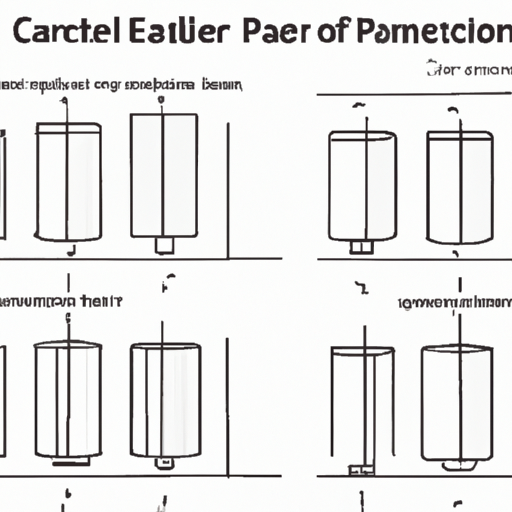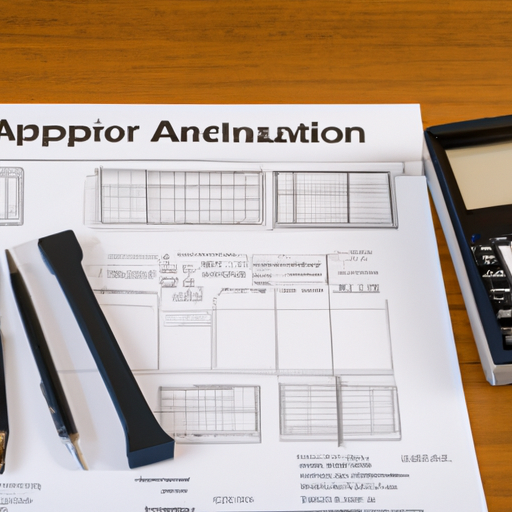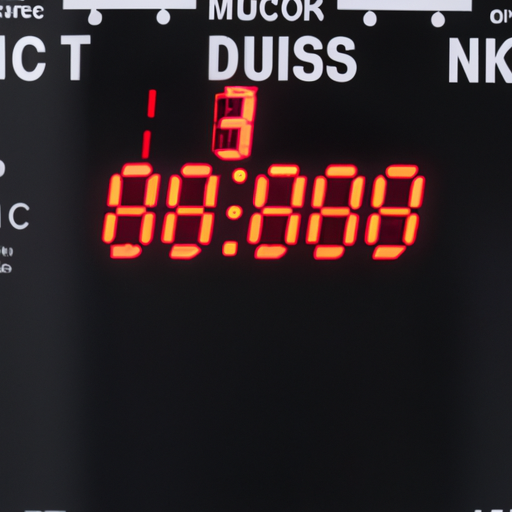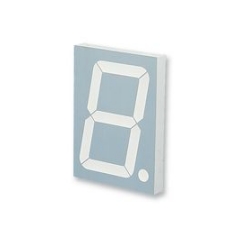What product types do parallel capacitors include?
What Product Types Do Parallel Capacitors Include?
I. Introduction
In the realm of electrical engineering, capacitors play a pivotal role in the functionality of circuits. Among the various configurations of capacitors, parallel capacitors are particularly significant due to their ability to enhance circuit performance. This article delves into the definition of parallel capacitors, their importance in electrical circuits, and an overview of the different product types that fall under this category.
II. Basic Concepts of Capacitors
A. What is a Capacitor?
A capacitor is a passive electronic component that stores electrical energy in an electric field. It consists of two conductive plates separated by an insulating material known as a dielectric. When voltage is applied across the plates, an electric field develops, allowing the capacitor to store energy. The primary function of a capacitor is to store and release electrical energy, making it essential in various applications, from power supply smoothing to signal coupling.
B. Types of Capacitors
Capacitors come in various types, each with unique characteristics and applications:
1. **Electrolytic Capacitors**: These capacitors are polarized and typically used for high-capacitance applications. They are known for their large capacitance values and are commonly found in power supply circuits.
2. **Ceramic Capacitors**: Non-polarized and available in various capacitance values, ceramic capacitors are widely used in high-frequency applications due to their low equivalent series resistance (ESR).
3. **Film Capacitors**: These capacitors use a thin plastic film as the dielectric. They are known for their stability and reliability, making them suitable for audio and RF applications.
4. **Tantalum Capacitors**: Tantalum capacitors are also polarized and offer high capacitance in a small package. They are often used in compact electronic devices.
5. **Supercapacitors**: These capacitors can store a significant amount of energy and are used in applications requiring rapid charge and discharge cycles, such as energy storage systems.
III. Understanding Parallel Capacitors
A. Definition of Parallel Configuration
When capacitors are connected in parallel, their capacitance values add up, resulting in a total capacitance that is the sum of the individual capacitances. This configuration allows for increased capacitance while maintaining the same voltage rating as the individual capacitors.
B. Benefits of Using Parallel Capacitors
1. **Increased Capacitance**: By connecting capacitors in parallel, designers can achieve higher capacitance values, which is essential for applications requiring significant energy storage.
2. **Improved Voltage Rating**: The voltage rating of parallel capacitors remains the same as that of the individual capacitors, allowing for greater flexibility in circuit design.
3. **Enhanced Reliability**: Using multiple capacitors in parallel can improve reliability. If one capacitor fails, the others can continue to function, reducing the risk of total circuit failure.
C. Applications of Parallel Capacitors in Circuits
Parallel capacitors are commonly used in power supply circuits, filtering applications, and timing circuits. They help stabilize voltage levels, reduce ripple, and improve overall circuit performance.
IV. Product Types of Parallel Capacitors
A. Electrolytic Capacitors
1. **Characteristics**: Electrolytic capacitors are known for their high capacitance values and relatively low cost. They are polarized, meaning they must be connected in the correct orientation to function properly.
2. **Common Applications**: These capacitors are widely used in power supply circuits, audio equipment, and energy storage applications due to their ability to handle large amounts of charge.
B. Ceramic Capacitors
1. **Characteristics**: Ceramic capacitors are non-polarized and come in various capacitance values. They are known for their stability, low ESR, and high-frequency performance.
2. **Common Applications**: These capacitors are commonly used in decoupling applications, RF circuits, and timing circuits due to their reliability and performance.
C. Film Capacitors
1. **Characteristics**: Film capacitors are known for their excellent stability and low loss characteristics. They are available in various types, including polyester, polypropylene, and polystyrene.
2. **Common Applications**: These capacitors are often used in audio applications, power electronics, and signal processing due to their high reliability and performance.
D. Tantalum Capacitors
1. **Characteristics**: Tantalum capacitors offer high capacitance in a small package and are polarized. They are known for their stability and reliability.
2. **Common Applications**: These capacitors are commonly found in compact electronic devices, such as smartphones and tablets, where space is limited.
E. Supercapacitors
1. **Characteristics**: Supercapacitors can store a large amount of energy and have a very high capacitance value. They can charge and discharge rapidly, making them suitable for applications requiring quick bursts of energy.
2. **Common Applications**: Supercapacitors are used in energy storage systems, backup power supplies, and regenerative braking systems in electric vehicles.
V. Specialized Parallel Capacitor Products
A. Power Factor Correction Capacitors
1. **Definition and Purpose**: Power factor correction capacitors are used to improve the power factor in electrical systems, reducing energy losses and improving efficiency.
2. **Applications in Industry**: These capacitors are commonly used in industrial settings to optimize the performance of motors and other inductive loads.
B. Snubber Capacitors
1. **Definition and Purpose**: Snubber capacitors are used to suppress voltage spikes and transients in power electronics, protecting sensitive components from damage.
2. **Applications in Power Electronics**: These capacitors are often found in inverter circuits, motor drives, and other applications where voltage transients can occur.
C. Bypass Capacitors
1. **Definition and Purpose**: Bypass capacitors are used to filter out high-frequency noise in electronic circuits, ensuring stable operation.
2. **Applications in Signal Processing**: These capacitors are commonly used in audio and RF circuits to improve signal integrity and reduce noise.
D. Coupling Capacitors
1. **Definition and Purpose**: Coupling capacitors are used to connect two circuits while blocking DC voltage, allowing AC signals to pass through.
2. **Applications in Audio and RF Circuits**: These capacitors are essential in audio amplifiers and RF transmitters, ensuring that signals are transmitted without distortion.
VI. Factors to Consider When Choosing Parallel Capacitors
When selecting parallel capacitors for a specific application, several factors must be considered:
A. Capacitance Value
The required capacitance value will depend on the specific application and the desired performance characteristics.
B. Voltage Rating
It is crucial to choose capacitors with a voltage rating that exceeds the maximum voltage expected in the circuit to ensure reliability and safety.
C. Temperature Coefficient
The temperature coefficient indicates how the capacitance value changes with temperature. Selecting capacitors with appropriate temperature coefficients is essential for maintaining performance in varying conditions.
D. Equivalent Series Resistance (ESR)
Low ESR is desirable in many applications, as it reduces power losses and improves efficiency.
E. Size and Form Factor
The physical size and form factor of the capacitor can impact circuit design, especially in compact electronic devices.
VII. Conclusion
In summary, parallel capacitors are essential components in modern electronics, offering increased capacitance, improved voltage ratings, and enhanced reliability. Understanding the various product types, including electrolytic, ceramic, film, tantalum, and supercapacitors, as well as specialized products like power factor correction and snubber capacitors, is crucial for engineers and designers. As technology continues to evolve, the role of parallel capacitors will remain significant, with future trends likely focusing on miniaturization, improved performance, and new materials.
VIII. References
A. Suggested Reading
- "Capacitors: Technology and Applications" by John Smith
- "The Art of Electronics" by Paul Horowitz and Winfield Hill
B. Industry Standards and Guidelines
- IEC 60384: Fixed capacitors for use in electronic equipment
- EIA-198: Standard for Capacitors
C. Manufacturer Resources
- Manufacturer datasheets and application notes
- Online capacitor selection tools and calculators
This comprehensive overview of parallel capacitors and their product types serves as a valuable resource for anyone looking to deepen their understanding of this critical component in electrical engineering.







